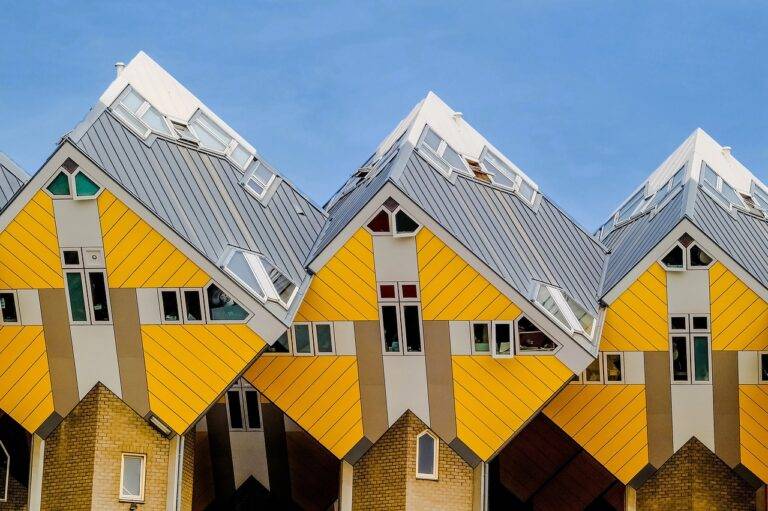Tips for Designing a Scandinavian-Style Bathroom
When designing a space, the color palette plays a crucial role in setting the tone and mood. By carefully selecting colors that complement each other, you can create a cohesive and harmonious environment. Consider the atmosphere you want to achieve – warm and inviting, cool and calming, or vibrant and energizing – and choose colors that reflect that vision.
Neutral tones such as whites, grays, and beiges are versatile and timeless, making them a popular choice for creating a clean and modern look. Adding pops of color through accent pieces like pillows, artwork, or rugs can inject personality and visual interest into the space. Experiment with different shades and hues to find the perfect balance that resonates with your style and aesthetic preferences.
Lighting
When it comes to creating the perfect ambiance in a room, lighting plays a crucial role. Not only does it illuminate the space, but it also sets the mood and highlights key features of the room. Proper lighting can make a room feel cozy and inviting, while harsh lighting can make it feel stark and uninviting.
When designing a space, it’s important to consider the different types of lighting available. Ambient lighting provides overall illumination, while task lighting is used for specific activities like reading or cooking. Accent lighting can be used to highlight art or architectural features in the room, adding depth and visual interest. By incorporating a mix of these lighting types, you can create a well-balanced and visually appealing space.
Minimalist Design
Minimalist design principles prioritize simplicity and functionality above all else. This style emphasizes clean lines, uncluttered spaces, and a harmonious balance of form and function. By focusing on essential elements and stripping away unnecessary ornamentation, minimalist design creates a sense of calm and serenity within a space.
Neutral colors, such as white, beige, and grey, are commonly used in minimalist design to create a sense of openness and tranquility. Furniture and decor are often sleek and understated, with an emphasis on quality materials and craftsmanship. The goal of minimalist design is to create a space that is both visually appealing and highly functional, allowing for maximum efficiency and clarity of purpose.





